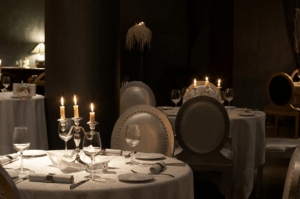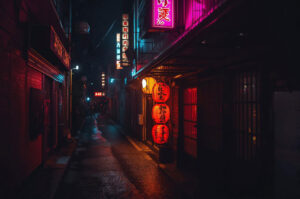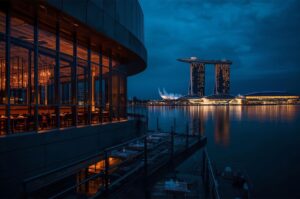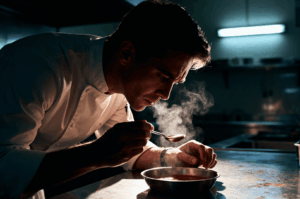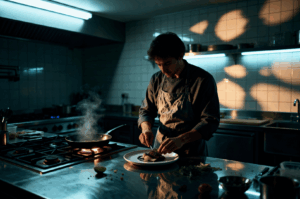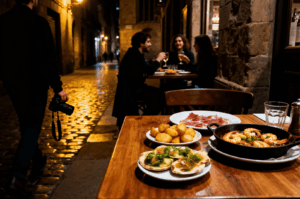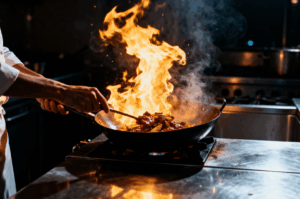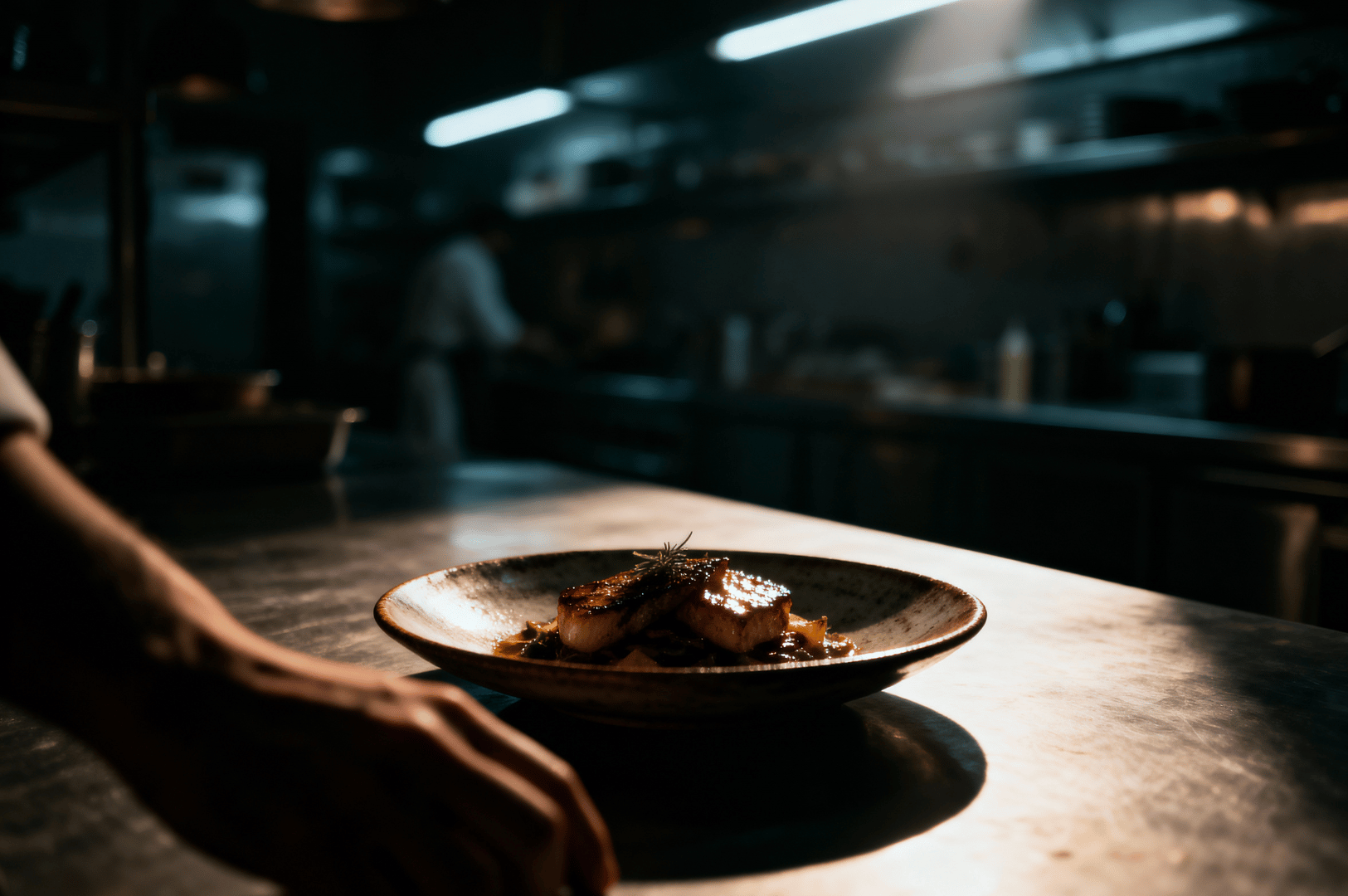
Most food photographers chase the light. They seek bright, airy scenes with soft, even illumination to make food look fresh and appealing. But after the sun goes down, or on a dark and moody day, a different kind of magic emerges. I've learned to stop chasing bright light and start embracing the darkness. The secret to truly dramatic food photography, especially in low light, isn't about creating brighter images—it's about controlling shadows. This is where moody food photography comes to life, and contrast becomes your most powerful tool.
Shadows create a moody atmosphere, depth, and mystery. They guide the viewer’s eye, highlight texture, and carve a subject out from its surroundings. In creating food images with a dark and moody look, a well-placed shadow tells as much of the story as a highlight. It transforms a simple meal into a compelling, dramatic scene.
This detailed post will walk you through the photography tips needed to master contrast and create beautiful images after dark.
The Power of a Single Light Source
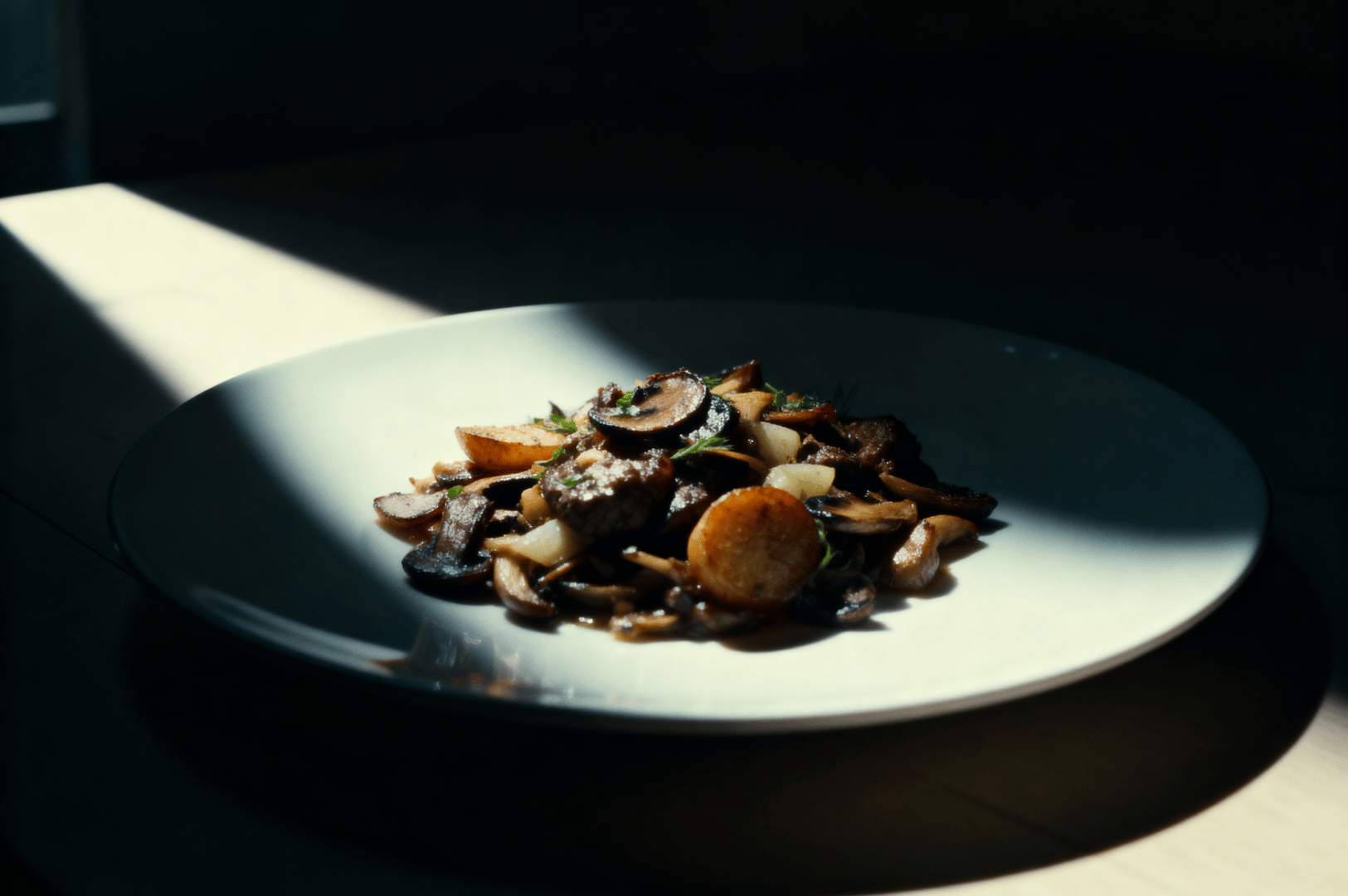
The key to creating intentional deep shadows is understanding directional lighting. For dramatic food photos, you often only need one strong light source. Think of your light as a paintbrush. The direction from which the light is coming determines the shape, length, and hardness of the shadows it creates on your subject.
Whether you're using natural light from a single window or a small artificial light source, the principle is the same. Side light is your best friend. By placing your light to the side of your dish, you create beautiful, cascading shadows that reveal every detail. This technique gives food a three-dimensional quality, making the texture look so real you could almost feel it. You have to learn to manipulate light, not just accept it as it is.
Embracing a Moody Atmosphere
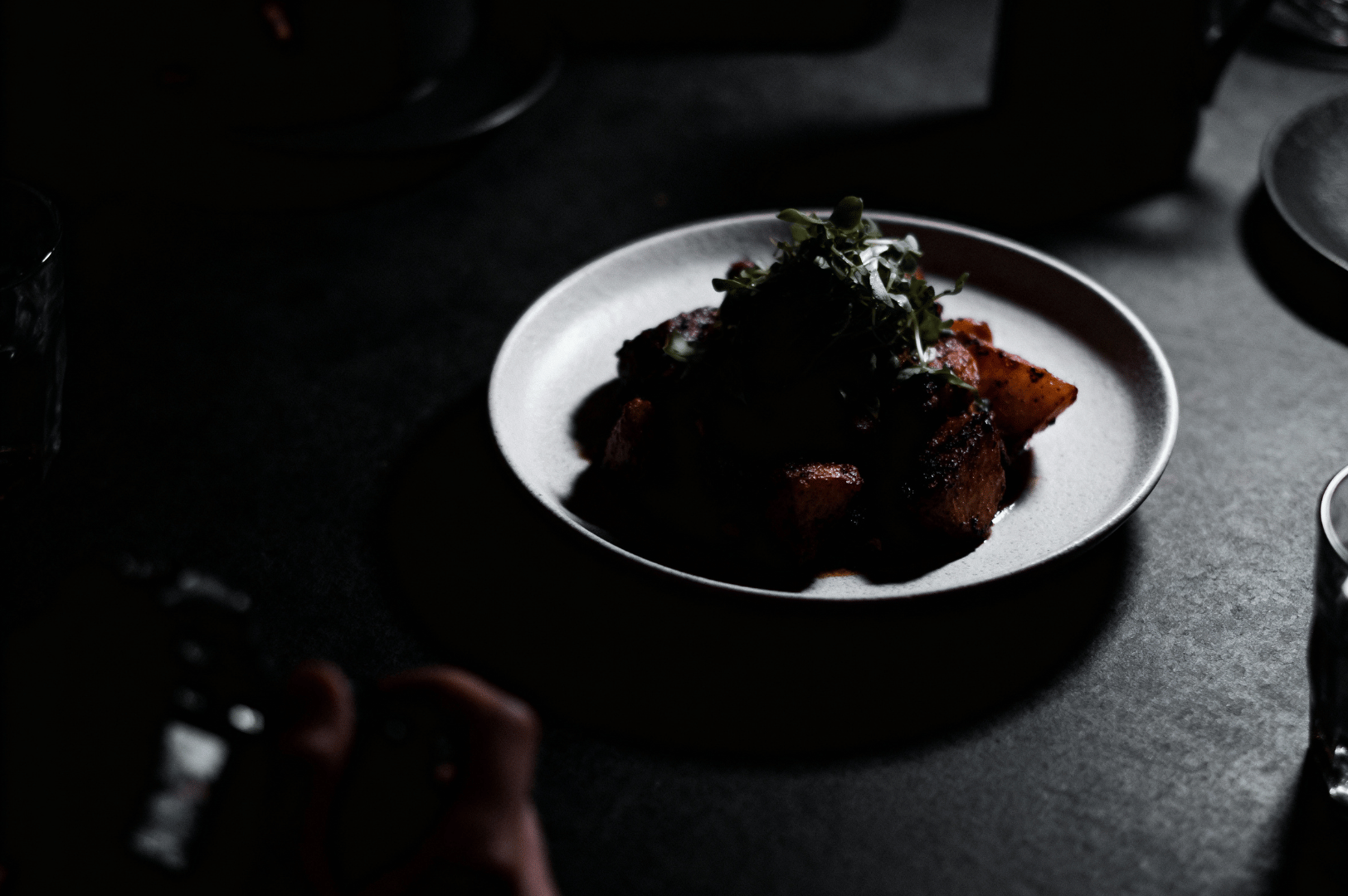
Shadows are more than just dark areas; they are an active element in your composition. In moody food photography, the darkness surrounding your dish is just as important as the dish itself. Instead of trying to fill the entire frame with light, allow the shadows to create pockets of negative space.
This technique simplifies the composition, removing distracting props and forcing the viewer's eye directly to the illuminated part of the food. It also builds atmosphere. Dark backgrounds can suggest an intimate late-night setting or a cozy corner, adding a narrative layer to your photo. Don't be afraid to let a significant portion of your frame fall into complete blackness. Let the shadows play their part in your story.
The Practical Setup for a Dark and Moody Look
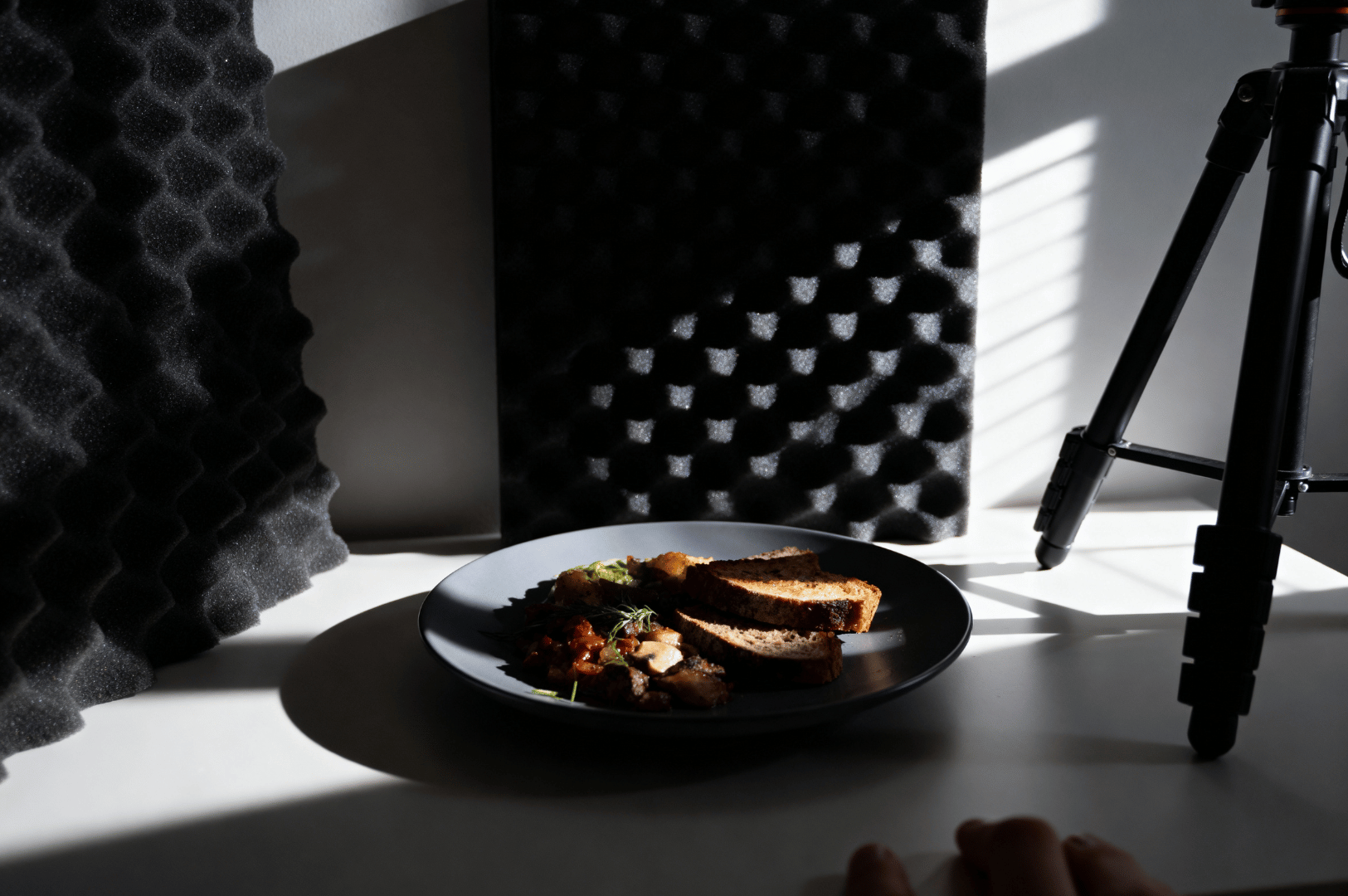
You don’t need a lot of complicated gear to shoot food in this style. My kit is designed to be simple and portable.
- One Light Source: This could be natural light from a window or a small, dimmable LED panel for artificial light. A constant light source is often better than a flash because you can see exactly how the shadows fall as you move it.
- A Tripod: Essential for low light photography. It keeps your camera steady, preventing camera shake and allowing you to use a slower shutter speed for a clean exposure without needing a higher ISO.
- A Black Card: A piece of black foam core is perfect. While a white card bounces light to soften shadows, a black card placed opposite your light source will absorb light and deepen the shadows, increasing contrast.
Setup Steps:
- Place your subject on a table, often with dark backgrounds or surfaces.
- If using artificial light, turn off all ambient light to gain complete control.
- Position your light source to the side. Watch how the shadows change as you move the light.
- Place the black foam core on the brighter side, opposite the light, to absorb any bounce and intensify the shadows. Adjust until you have a composition that feels balanced and moody.
Editing for Maximum Drama in Post-Production
Post-production is where you can refine and enhance the contrast you created in-camera.
- Increase Contrast: Start by gently increasing the global contrast slider in your editing software.
- Deepen the Blacks: Use the "Blacks" slider to make the darkest parts of your image even darker. This makes your highlights pop and reinforces the dark and moody atmosphere.
- Dodge and Burn: Manually paint light (dodge) and shadows (burn). Use a radial filter to create a subtle vignette, darkening the edges of the frame to draw focus to the meal. This is a great way to guide the eye.
- Control Your ISO: When you shoot, aim for the lowest ISO your camera can handle to reduce noise. Modern cameras can handle ISO well, but a lower number always produces a cleaner image.
Final Thoughts
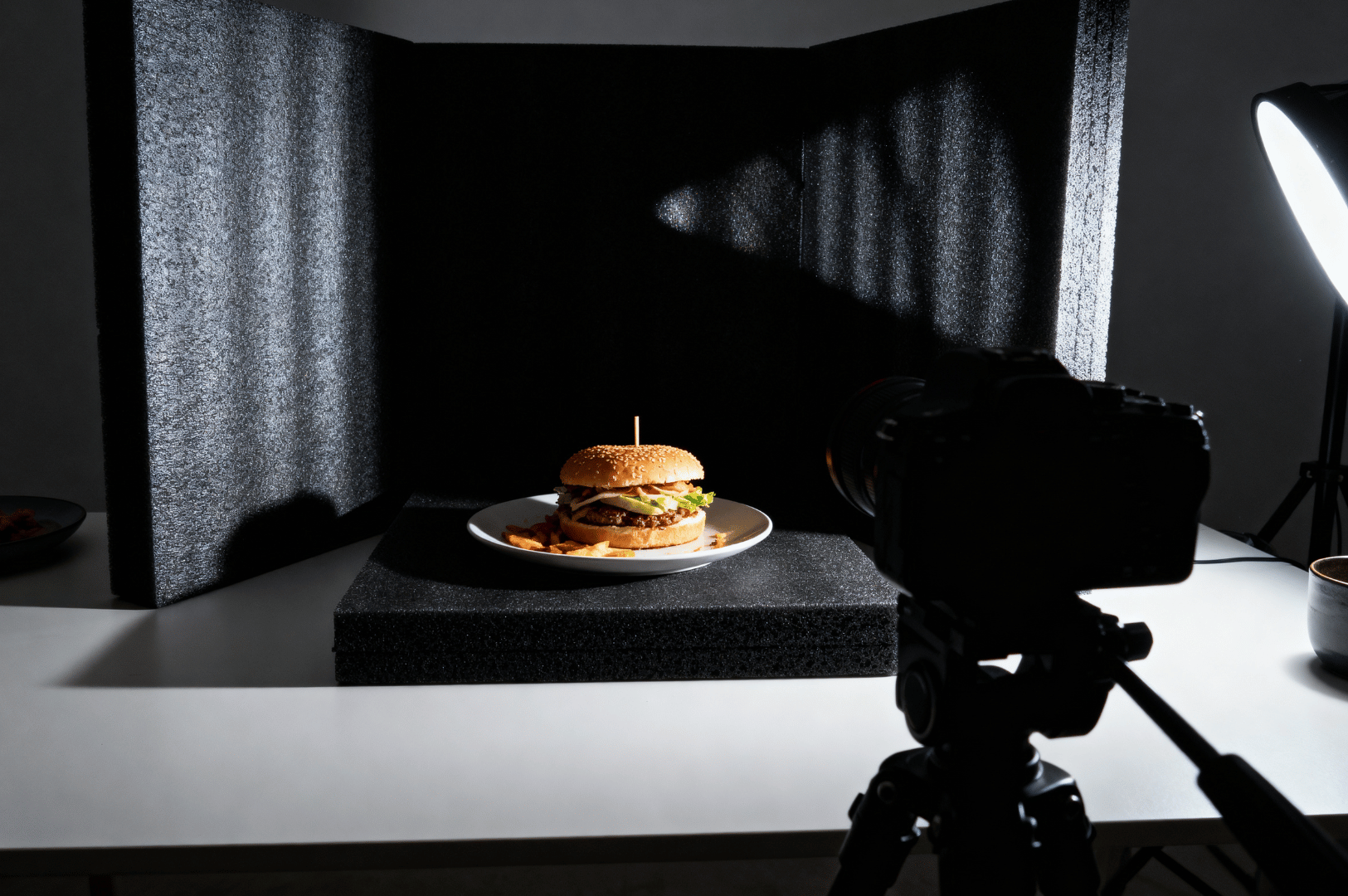
Mastering shadows is a transformative skill in food photography. It allows you to move beyond simply documenting a meal and start creating art. The next time you shoot, don't just hope for good light. Learn to control it. Embrace the shadows, play with contrast, and experiment. You will be surprised by the power and drama you can create in your food photos. I hope these ideas help you capture your own beautiful images.
For more tips on shooting in low light and fine-tuning your settings, check out this guide on low-light food photography. Continue your creative journey with Midnight Food Photography: The Secret Life of Restaurant Kitchens After Closing
Michelin Guide SG: The Complete Guide to Documenting Culinary Excellence and Cultural Memory
Sarah Teh | December 10, 2025
In Singapore’s michelin starred restaurants, moments of cultural memory unfold alongside fine dining. The michelin guide singapore is more than a ranking; it maps spaces where tradition, mastery, and aesthetics converge into experiences that exist briefly before becoming memory. Singapore stands out as a notable gastronomic destination in the Asia-Pacific region and the country’s culinary…
Tokyo Photography: A Guide to Izakaya and City Lights After Dark
Sarah Teh | December 10, 2025
The rain stops, but the streets of Shinjuku still gleam. Reflections of a thousand neon signs shimmer on the wet asphalt, painting the world in electric blue and vibrant pink. For a photographer, Tokyo at night is an endless playground. Nestled within this cinematic landscape, down a narrow alley and behind humble doorways, are the…
Night Photography Portfolio: Singapore’s Most Photogenic Fusion Restaurants
Sarah Teh | December 8, 2025
As the tropical sun dips below the horizon and the Lion City transforms into a glittering metropolis of neon and steel, savvy photographers know they’re about to witness the city at its most visually rich. Nowhere does this beauty come alive more than in Singapore’s growing scene of fusion restaurants, where each establishment is a…
Best Restaurant Singapore: A Complete Guide to the Lion City’s Top Dining Destinations
Sarah Teh | December 3, 2025
Singapore is a global food capital where hawker stalls and Michelin-starred restaurants coexist, reflecting the island’s rich multicultural heritage. The city offers a vibrant culinary scene, from traditional dishes steeped in history to innovative fine dining that pushes creative boundaries. Whether you’re a local or a traveler, this guide will help you discover the best…
Best Dining Experiences in Singapore: The Coolest Restaurants Right Now – Scene, Substance, and Stories Behind the Plates
Sarah Teh | November 26, 2025
What makes a restaurant truly cool in Singapore? It’s more than hype-it’s about story, substance, and scene coming together. Singapore stands out as one of the top cities for diverse and affordable dining experiences, thanks to its vibrant food scene and dynamic neighborhoods. The city’s coolest restaurants offer a unique dining experience where every detail-from…
The Art of Waiting: Chef Portraits Photography
Sarah Teh | November 19, 2025
The kitchen closes. The last server clocks out, and the dining room succumbs to a deep, restful silence. As a photographer who specializes in capturing culinary scenes after dark, I’ve learned that the most profound moments don’t happen during the frantic pace of service. They unfold in the quiet hours that follow, when a chef…
Shadow Play: Using Contrast for Dramatic Food Photography
Sarah Teh | November 12, 2025
Most food photographers chase the light. They seek bright, airy scenes with soft, even illumination to make food look fresh and appealing. But after the sun goes down, or on a dark and moody day, a different kind of magic emerges. I’ve learned to stop chasing bright light and start embracing the darkness. The secret…
Midnight Food Photography: The Secret Life of Restaurant Kitchens After Closing
Sarah Teh | November 5, 2025
The final customer has paid their bill and walked out into the night. The clatter of dishes fades, the front doors are locked, and a deep quiet settles over the restaurant. For most, this is the end of the day. For me, this is when the real work begins. My type of photography isn’t about…
Midnight Tapas: Barcelona’s Hidden Late-Hour Street Food Culinary Gems
Sarah Teh | October 29, 2025
The city of Barcelona breathes differently after midnight. The relentless energy of La Rambla softens to a murmur, and the ancient lanes of the Gothic Quarter trade crowds for shadows. This is when the true life of the city reveals itself, not in grand pronouncements, but in the clinking of a glass and the shared…
Flame Photography Techniques: Light Painting with Kitchen Flames – A Midnight Photographer’s Technical Guide
Sarah Teh | October 22, 2025
There is a raw, untamed energy in a kitchen at full tilt. For those of us who practice food photography, the most captivating element is often the most dangerous: fire. A burst of flame from a wok or the steady burn of candles on a dining table is more than just part of the cooking…
